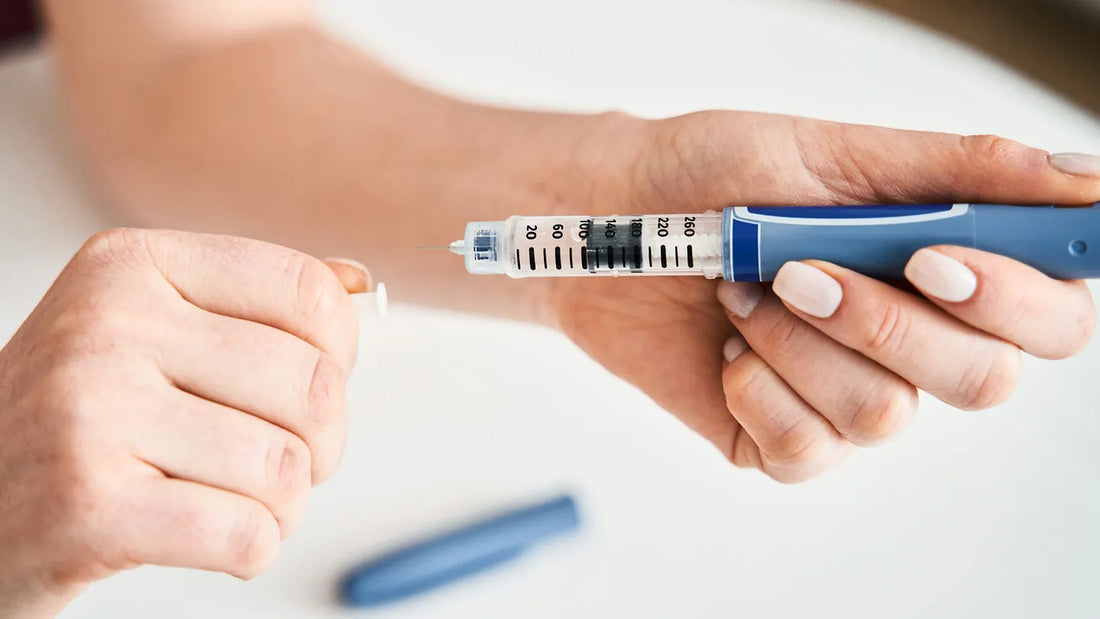
Diabetes Care: Choose a pain-free glucose finger pricker

Diabetes, a chronic disease, occurs when the body struggles to maintain healthy blood glucose levels. This condition is linked to long-term health issues, including an increased risk of mortality. In 2021, an estimated 10.5% of the global population was affected by diabetes.
Diabetes care focuses on metabolic control, aiming to keep glucose levels as close to normal as possible. This is achieved through medication, a careful diet, physical activity, and self-monitoring of blood glucose (SMBG). SMBG are performed using the finger-prick test, which has been shown to improve glycemic control. However, this technique can be a significant burden for patients, leading to non-compliance with medical treatment advice.
• Diabetes Care: Focuses on metabolic control through medication, diet, physical activity, and self-monitoring of blood glucose (SMBG).
• SMBG Challenges: Patient non-compliance due to fear of testing, pain, emotional distress, and difficulty interpreting results.
Studies on patient adherence to SMBG regimens show varying rates. Fear of testing and fingertip pain, distressing emotions, frustration with blood glucose readings, lack of awareness of hypoglycemia and hyperglycemia, lack of social support, and difficulty interpreting results all contribute to this.
Research shows that increased precision, fewer finger pricks, and reduced skin irritation were consistently preferred over these attributes.
There are various types of monitors available, so it’s crucial to select one that aligns with your requirements. Consider the cost and your preferences. The monitor should be reasonably priced and something you’ll want to monitor regularly.
Safety-type lancets feature spring-loaded blades that automatically retract, making them more hygienic. The blade only emerges when it punctures the skin and then retracts, eliminating any potential hazards from punctures or contamination. Always remember to follow the manufacturer’s instructions and ensure your hands are clean before drawing blood from your fingertips. You can use an alcohol swab or wash your hands with antibacterial soap for a smoother process.
 Safeticet Lancet Yellow 28G x 1.5mm 100s
Safeticet Lancet Yellow 28G x 1.5mm 100s
Safeticet lancet glucose monitors are designed for patients seeking minimal and pain-free finger pricks. Many patients opt for smaller needles because they reduce pain and minimize the hassle associated with finger pricking.
It is designed to be user-friendly, gentle, safe, and convenient. Its contact-activated lancets are considered the gold standard for finger stick blood sampling. Notably, they were voted as the least painful lancet by participants at two American Diabetes Association Expos in 2012 and 2013. SAFETiCET™ has received the prestigious Singapore President’s Design Award in 2016 for its innovation.
We highly recommend checking out SAFETiCET™products. They provide a straightforward process and visually appealing kit, which can help reduce your pricking anxieties.
References:
Smith, Ian P, et al. “Diabetes Patient Preferences for Glucose-Monitoring Technologies: Results from a Discrete Choice Experiment in Poland and the Netherlands.” BMJ Open Diabetes Research & Care, U.S. National Library of Medicine, Jan. 2023, pmc.ncbi.nlm.nih.gov/articles/PMC9853131/.
Microsampling, Neoteryx. “Finger Prick Blood Draws: Are All Lancets Created Equal?” Finger Prick Blood Draws: Are All Lancets Created Equal?, Neoteryx, 25 Sept. 2023, www.neoteryx.com/microsampling-blog/finger-prick-blood-draws-are-all-lancets-created-equal.
